Guidelines for Writing a Research Paper on Early Childhood Education
VerifiedAdded on 2021/09/16
|6
|1062
|212
Report
AI Summary
This report provides a detailed overview of guidelines for writing a research paper, focusing on early literacy intervention in grades K-2. It examines the purpose of the study, which is to describe elements important for effective implementation of early literacy interventions, and the rationale behind it, emphasizing the importance of early childhood education for developing reading and writing skills. The report outlines the methodology, including the participants (young students, teachers, parents, and stakeholders), and the tasks they were asked to perform. It also presents the results of the study, demonstrating the fundamental importance of early engagement in children's growth and mental development, along with the author's interpretation of the findings and their clinical implications, such as the need to engage stakeholders in early childhood development. The report also discusses limitations, like lack of stakeholder commitment and inadequate learning facilities, and suggests future research directions, emphasizing the importance of stakeholder engagement. The paper concludes by highlighting the practical application of these findings in sensitizing parents and stakeholders about the significance of early childhood education.
1 out of 6
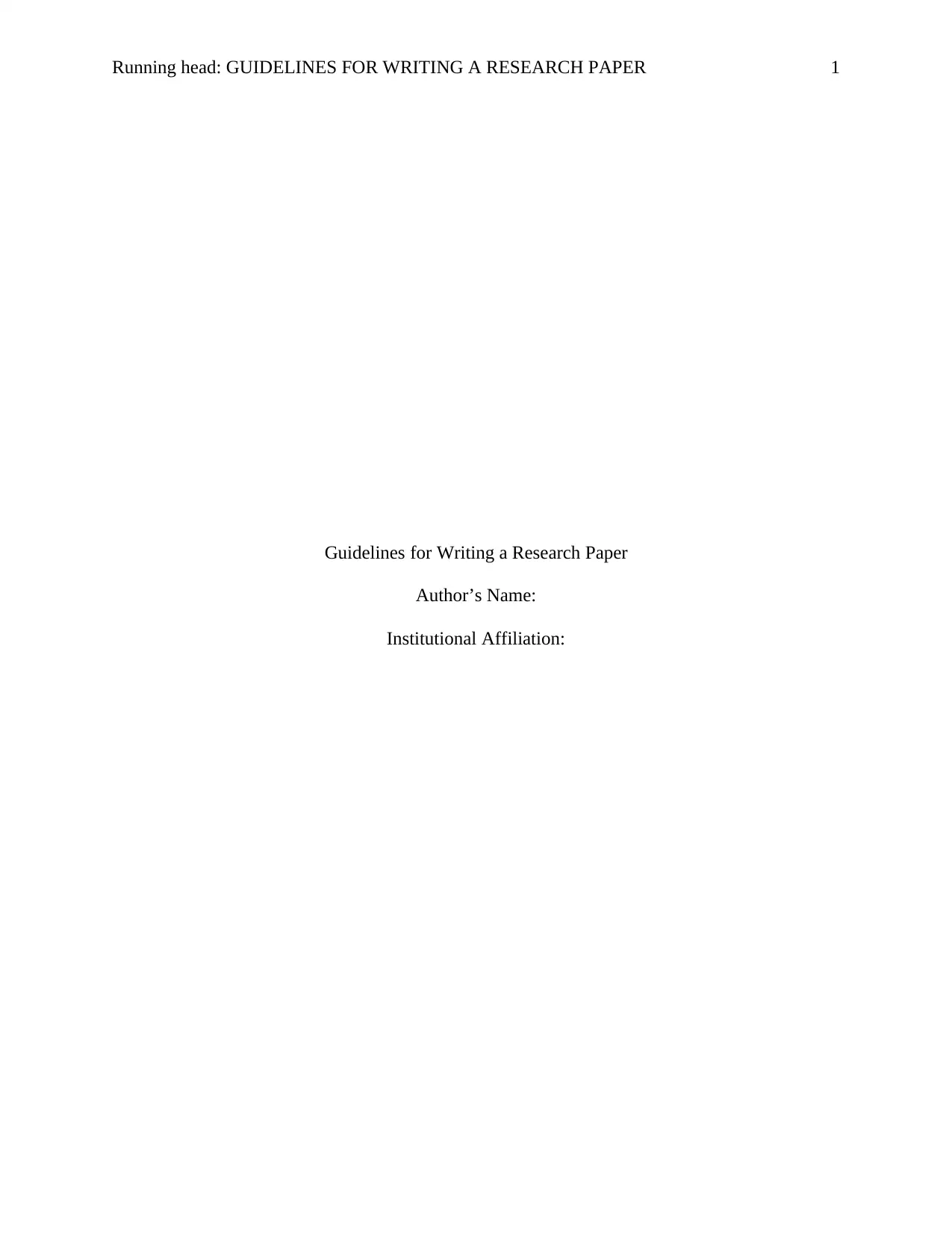
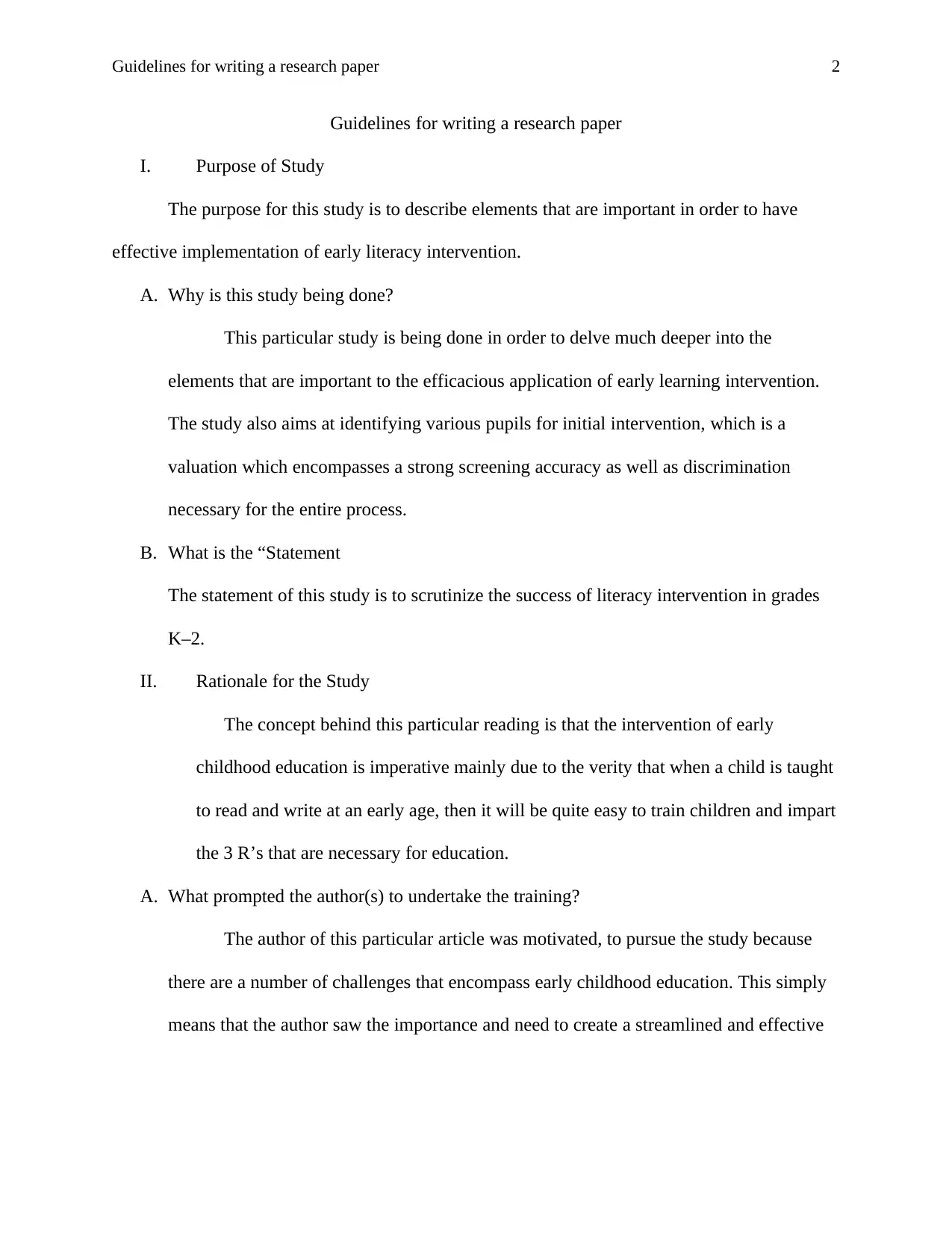
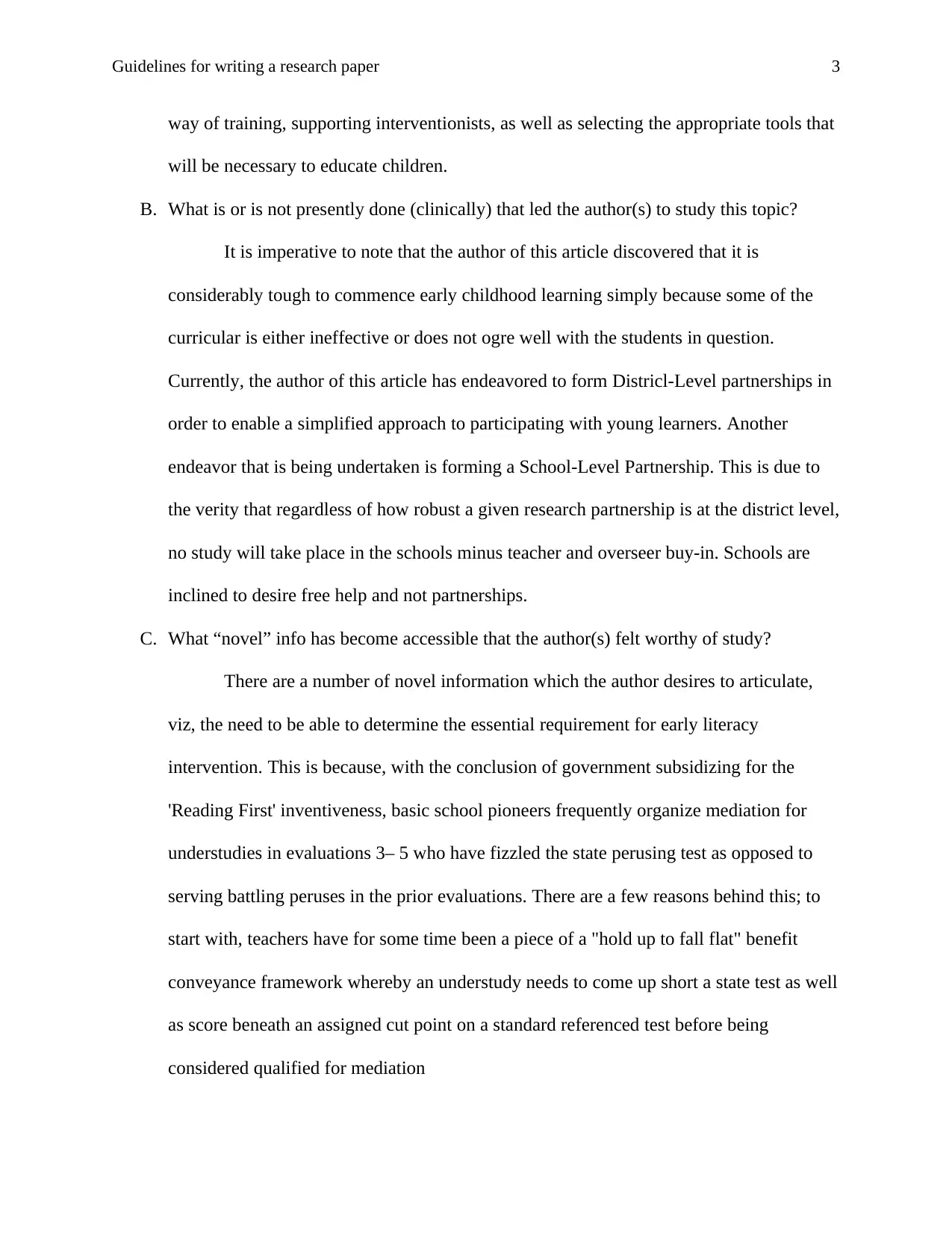
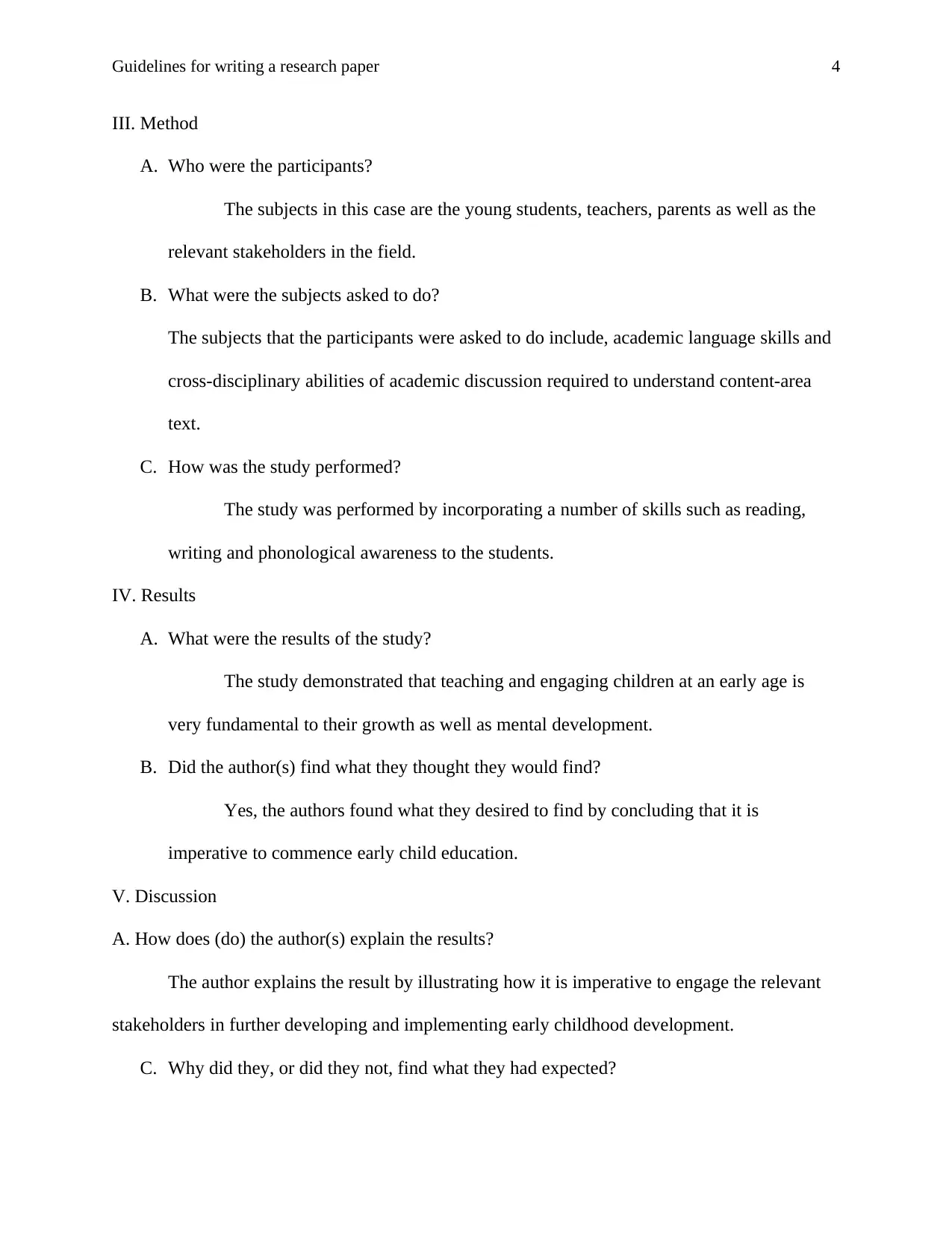
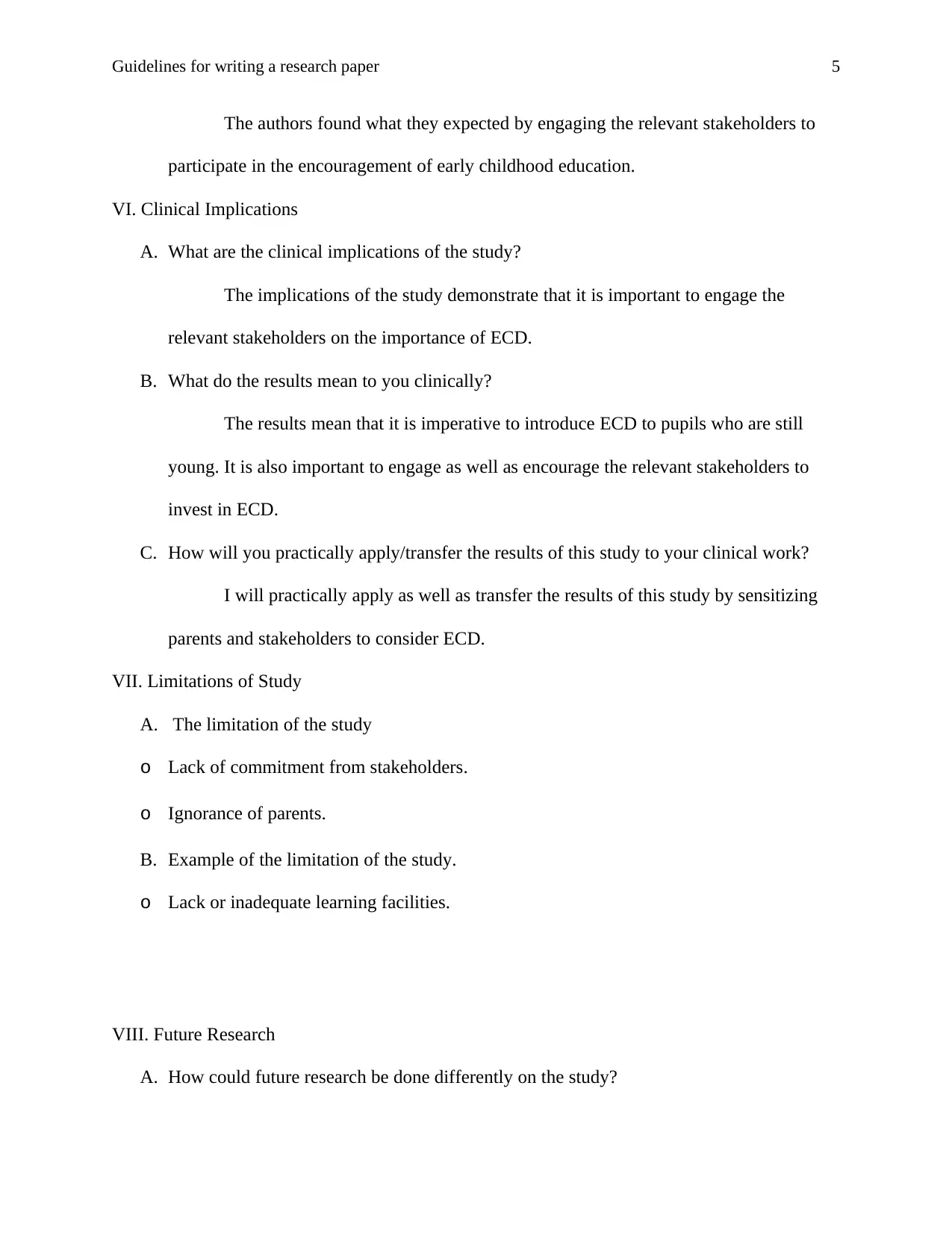
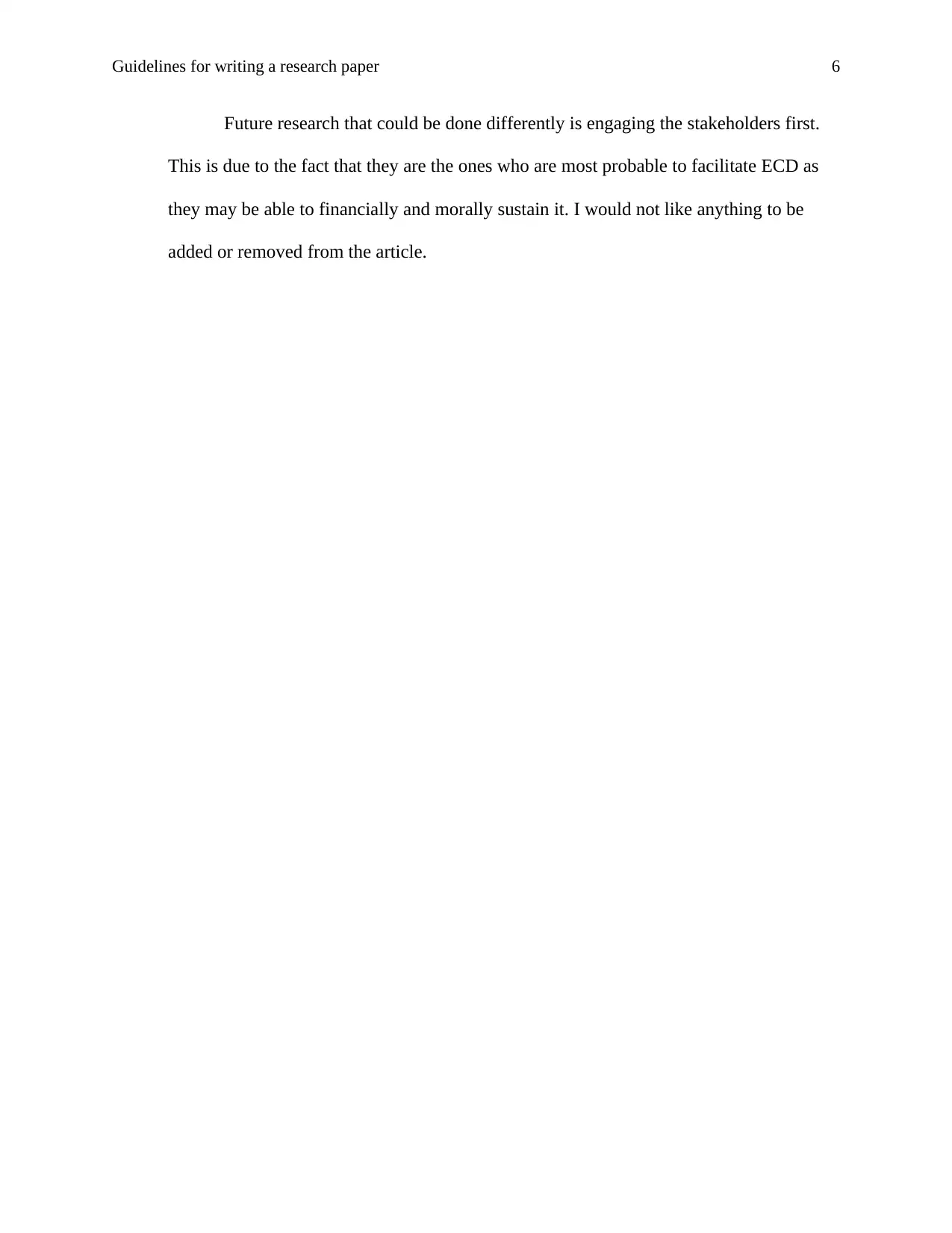





![[object Object]](/_next/static/media/star-bottom.7253800d.svg)